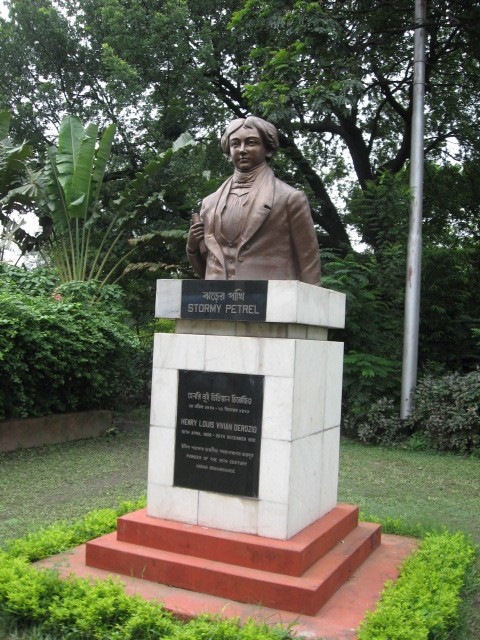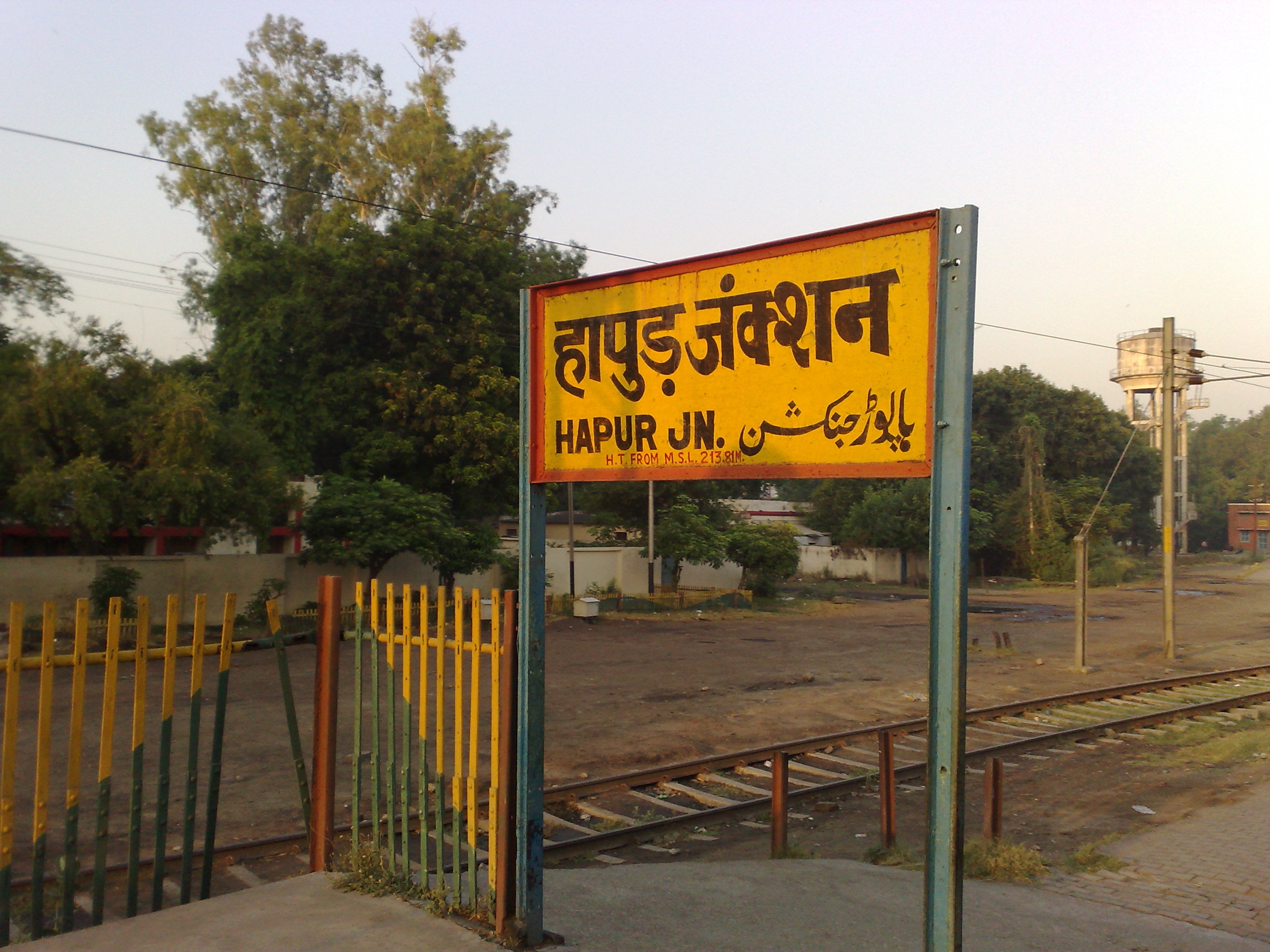|
Réunion Creole
Réunion Creole, or Reunionese Creole (; ), is a French-based creole languages, French-based creole language spoken on Réunion. It is derived mainly from French language, French and includes terms from Malagasy language, Malagasy, Hindi, Portuguese language, Portuguese, Gujarati language, Gujarati and Tamil language, Tamil. In recent years, there has been an effort to develop a spelling dictionary and grammar rules. Partly because of the lack of an official orthography but also because schools are taught in French, Réunion Creole is rarely written. Notably, two translations of the French comic ''Asterix'' have been published. Réunion Creole is the main vernacular of the island and is used in most colloquial and familiar settings. It is, however, in a state of diglossia with French as the Prestige language, high language – Réunion Creole is used in informal settings and conversations, while French is the language of writing, education, administration and more formal conver ... [...More Info...] [...Related Items...] OR: [Wikipedia] [Google] [Baidu] |
Réunion
Réunion (; ; ; known as before 1848) is an island in the Indian Ocean that is an overseas departments and regions of France, overseas department and region of France. Part of the Mascarene Islands, it is located approximately east of the island of Madagascar and southwest of the island of Mauritius. , it had a population of 896,175. Its capital and largest city is Saint-Denis, La Réunion, Saint-Denis. Réunion was uninhabited until French immigrants and colonial subjects settled the island in the 17th century. Its tropical climate led to the development of a plantation economy focused primarily on sugar; slaves from East Africa were imported as fieldworkers, followed by Malays, Annamite, Vietnamese, Chinese, and Indians as indentured laborers. Today, the greatest proportion of the population is of mixed descent, while the predominant language is Réunion Creole, though French remains the sole official language. Since 1946, Réunion has been governed as a regions of France, ... [...More Info...] [...Related Items...] OR: [Wikipedia] [Google] [Baidu] |
Asterix
''Asterix'' ( or , "Asterix the Gauls, Gaul"; also known as ''Asterix and Obelix'' in some adaptations or ''The Adventures of Asterix'') is a Franco-Belgian comics, French comic album book series, series about a Gaulish village which, thanks to a Potion, magic potion that enhances strength, resists the forces of Julius Caesar's Roman Republic Roman Army, Army in a nonhistorical telling of the time after the Gallic Wars. Many adventures take the titular hero Asterix (character), Asterix and his friend Obelix to Rome and beyond. The series first appeared in the Franco-Belgian comic magazine ''Pilote'' on 29 October 1959. It was written by René Goscinny and illustrated by Albert Uderzo until Goscinny's death in 1977. Uderzo then took over the writing until 2009, when he sold the rights to publishing company Hachette (publisher), Hachette; he died in 2020. In 2013, a new team consisting of Jean-Yves Ferri (script) and Didier Conrad (artwork) took over. , 40 volumes have been re ... [...More Info...] [...Related Items...] OR: [Wikipedia] [Google] [Baidu] |
Luso-Indians
Luso-Indians, or Portuguese-Indians, are people who have mixed Indian people, Indian and Portuguese people, Portuguese ancestry; the term also refers to people of Portuguese descent born or living or originating in former Portuguese Indian colonies, the most important of which were Goa and Damaon of the Konkan region, along the Western coast of the present-day India, Republic of India. Luso-Indians are one subgroup of Luso-Asians, which includes other Eurasian creole peoples. Their diaspora can be found around the world, particularly in the Anglosphere and the Lusosphere, including constiuents of the former Portuguese East Indies such as Macao. Pockets of Luso-Indians used to live in the parts of India now known as Anjediva, Velha Goa, Damaon, Dio district, St Mary's islands of Mangalore, Bombay (Mumbai), Korlai Fort (Chaul), Vasai (Bassein), Silvassa, Cape Comorin & Fort Cochin. There are also a number of Koli Christians, Christian Brahmins, Christian Cxatrias & so on with Po ... [...More Info...] [...Related Items...] OR: [Wikipedia] [Google] [Baidu] |
Prestige Language
Prestige may refer to: Arts, entertainment and media Films * ''Prestige'' (film), a 1932 American film directed by Tay Garnett: woman travels to French Indochina to meet up with husband * ''The Prestige'' (film), a 2006 American thriller directed by Christopher Nolan * Prestige picture, a film purposely created to lend a film studio the appearance of artistic integrity Music * Prestige Records, American jazz record label * ''Prestige'' (Daddy Yankee album), 2012 * ''Prestige'' (Rondò Veneziano album), 1991 * ''The Prestige'' (album), an album by Illdisposed Other uses in arts, entertainment, and media * ''Prestige'' (magazine), a Lebanese French-language women's fashion quarterly *Prestige, the final portion of a magic trick, typically a showy flourish (17th c.) *'' The Prestige'', 1995 novel by Christopher Priest Brands and enterprises * Prestige (beer), a Haitian lager * Citi Prestige, a premium Citibank credit card * Ibanez RG Prestige, a brand of guitars manufactured ... [...More Info...] [...Related Items...] OR: [Wikipedia] [Google] [Baidu] |
Diglossia
In linguistics, diglossia ( , ) is where two dialects or languages are used (in fairly strict compartmentalization) by a single language community. In addition to the community's everyday or vernacular language variety (labeled "L" or "low" variety), a second, highly codified lect (labeled "H" or "high") is used in certain situations such as literature, formal education, or other specific settings, but not used normally for ordinary conversation. The H variety may have no native speakers within the community. In cases of three dialects, the term triglossia is used. When referring to two writing systems coexisting for a single language, the term digraphia is used. The high variety may be an older stage of the same language (as in medieval Europe, where Latin (H) remained in formal use even as colloquial speech (L) diverged), an unrelated language, or a distinct yet closely related present-day dialect (as in northern India and Pakistan, where Hindustani (L) is used alongs ... [...More Info...] [...Related Items...] OR: [Wikipedia] [Google] [Baidu] |
Vernacular
Vernacular is the ordinary, informal, spoken language, spoken form of language, particularly when perceptual dialectology, perceived as having lower social status or less Prestige (sociolinguistics), prestige than standard language, which is more codification (linguistics), codified, institutionally promoted, literary language, literary, or formal. More narrowly, a particular language variety that does not hold a widespread high-status perception, and sometimes even carries social stigma, is also called a vernacular, vernacular dialect, nonstandard dialect, etc. and is typically its speakers' native language, native variety. Regardless of any such stigma, all nonstandard dialects are full-fledged varieties of language with their own consistent grammatical structure, phonology, sound system, body of vocabulary, etc. Overview Like any native language variety, a vernacular has an internally coherent system of grammar. It may be associated with a particular set of vocabulary, and sp ... [...More Info...] [...Related Items...] OR: [Wikipedia] [Google] [Baidu] |
Tamil Language
Tamil (, , , also written as ''Tamizhil'' according to linguistic pronunciation) is a Dravidian language natively spoken by the Tamil people of South Asia. It is one of the longest-surviving classical languages in the world,. "Tamil is one of the two longest-surviving classical languages in India" (p. 7). attested since 300 BC, 300 BCE.: "...the most acceptable periodisation which has so far been suggested for the development of Tamil writing seems to me to be that of A Chidambaranatha Chettiar (1907–1967): 1. Sangam Literature – 200BC to AD 200; 2. Post Sangam literature – AD 200 – AD 600; 3. Early Medieval literature – AD 600 to AD 1200; 4. Later Medieval literature – AD 1200 to AD 1800; 5. Pre-Modern literature – AD 1800 to 1900" at p. 610 Tamil was the lingua franca for early maritime traders in South India, with Tamil inscriptions found outside of the Indian subcontinent, such as Indonesia, Thailand, and Egypt. The language has a well-documented history wit ... [...More Info...] [...Related Items...] OR: [Wikipedia] [Google] [Baidu] |
French-based Creole Languages
A French creole, or French-based creole language, is a creole language, creole for which French language, French is the lexifier. Most often this lexifier is not modern French but rather a 17th- or 18th-century Koiné language, koiné of French from Paris, the French Atlantic harbors, and the nascent French colonies. This article also contains information on French pidgin languages, contact languages that lack native speakers. These contact languages are not to be confused with creolized varieties of French outside of Europe that date to colonial times, such as Acadian French, Acadian, Louisiana French, Louisiana, New England French, New England or Quebec French. There are over 15.5 million speakers of some form of French-based creole languages. Haitian Creole is the most spoken creole language in the world, with over 12 million speakers. History Throughout the 17th century, French Creoles became established as a unique ethnicity originating from the mix of French, Indian, an ... [...More Info...] [...Related Items...] OR: [Wikipedia] [Google] [Baidu] |




